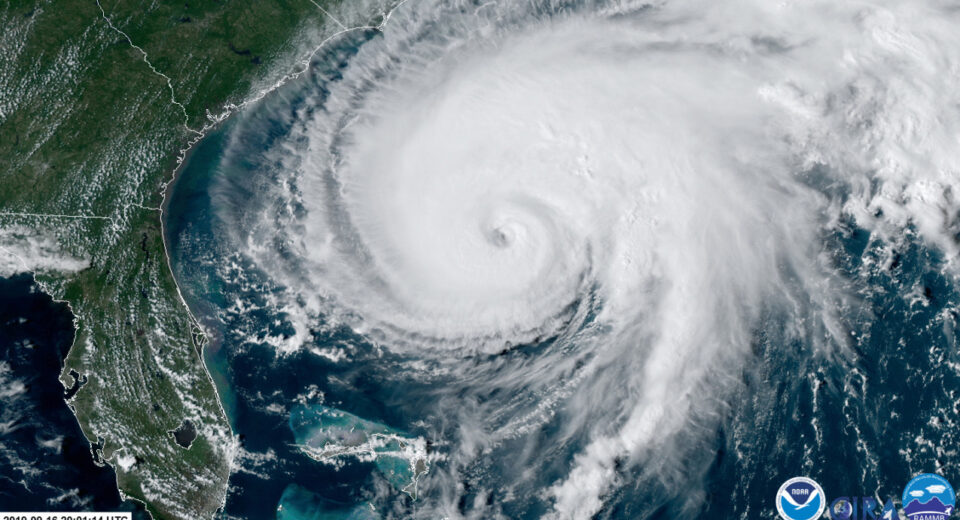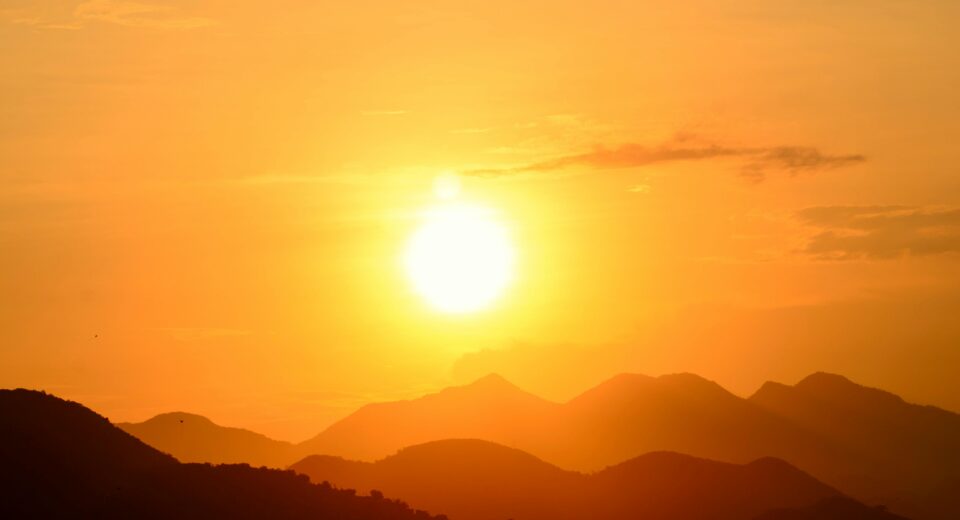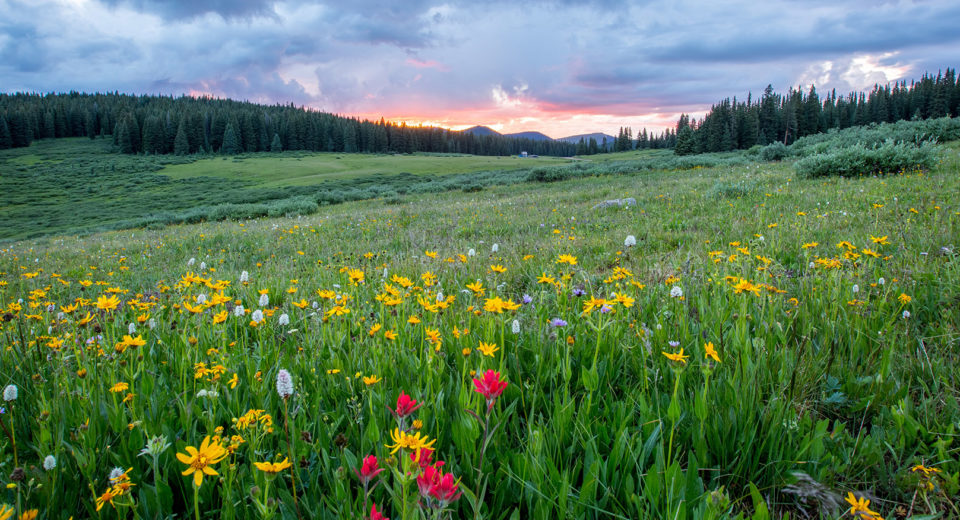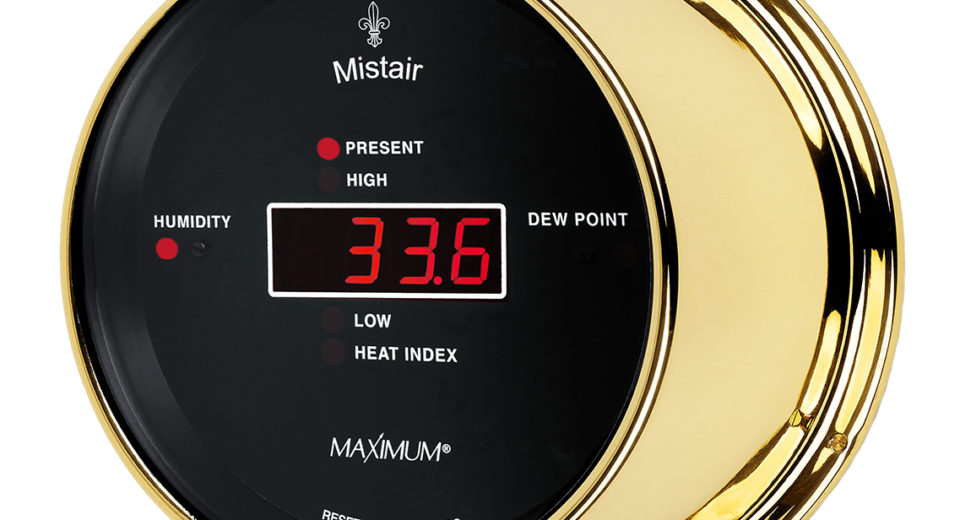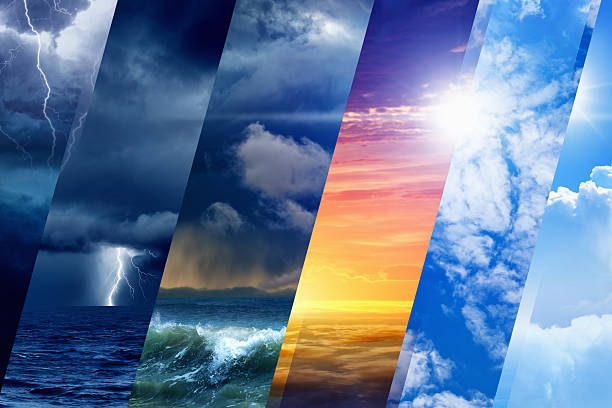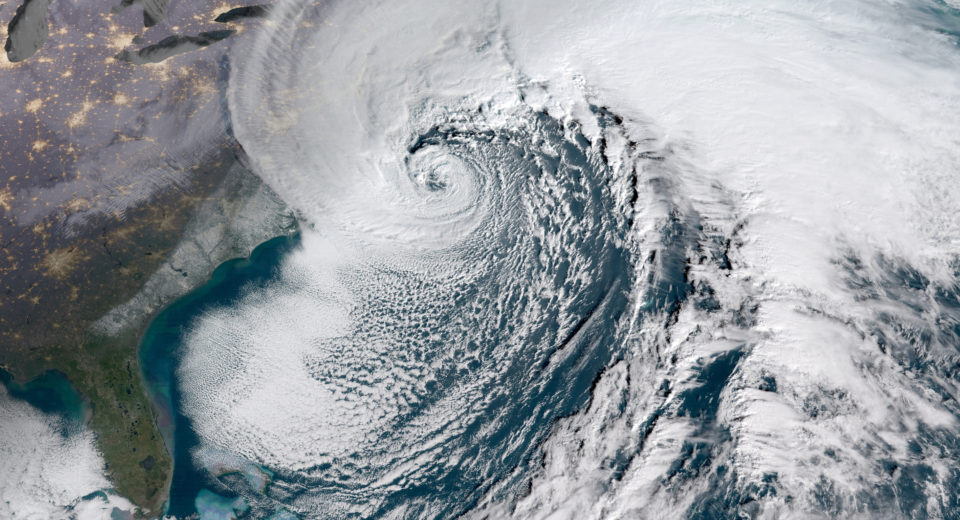Category: Glossary of Terms
A tropical depression, a tropical storm, and a hurricane are all different stages of tropical cyclones, which are intense weather systems that
Read MoreAs temperatures rise in the northern hemisphere throughout July & August, it is important to monitor local temperature and humidity levels
Read MoreWinter storms, with their frigid winds and icy precipitation, bring a unique set of challenges to various regions around the world. Each type of
Read MoreAdditional Resources What Are Tides and How Do They Work? What Is a Wind Direction Instrument and How Does It Work? What is a Nor’Easter and Why
Read MoreBoth high and low tides are caused by the Moon and its gravitational pull. As the Earth rotates, the Moon’s gravity pulls on different parts of
Read MoreDaylight Saving Time (DST) is the practice of setting the clocks forward one hour from standard time during the summer months, and back again in
Read MoreWhat is a PVD coating and why is it used to coat Maximum’s brass instruments? PVD (Physical Vapor Deposition) is an environmentally friendly
Read MoreMeteorology is the study of the Earth’s atmosphere and the variations in temperature and moisture patterns that produce different weather
Read MoreWhile winter storm warnings and heavy snowfall may be all too common in the northern hemisphere, Nor’easters are actually few and far between. To
Read MoreA | B | C | D | E | F | G | H | I | J | K | L | M | N | O | P | Q | R | S | T | U | V | W | X | Y | Z We’re excited to present […]
Read More